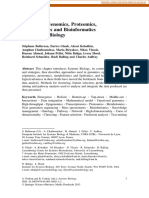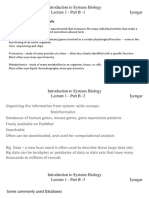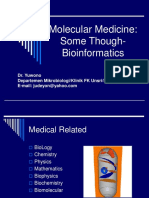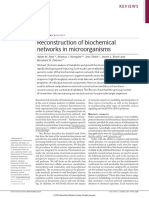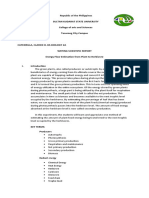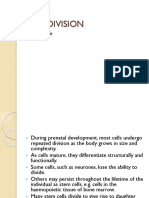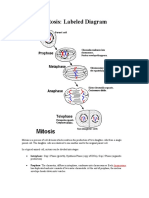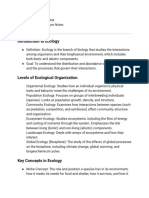0% found this document useful (0 votes)
40 views41 pagesLecture 1
Systems biology is an interdisciplinary field focused on understanding biological systems by analyzing their components and interactions, emphasizing modeling. It has significant applications in agriculture, medicine, and industry, leveraging high-throughput technologies to study microbial systems. The process involves multi-dimensional annotation and reconstruction of biological networks to explore their dynamics and emergent properties.
Uploaded by
Yuvaraju ThirupathiCopyright
© © All Rights Reserved
We take content rights seriously. If you suspect this is your content, claim it here.
Available Formats
Download as PDF, TXT or read online on Scribd
0% found this document useful (0 votes)
40 views41 pagesLecture 1
Systems biology is an interdisciplinary field focused on understanding biological systems by analyzing their components and interactions, emphasizing modeling. It has significant applications in agriculture, medicine, and industry, leveraging high-throughput technologies to study microbial systems. The process involves multi-dimensional annotation and reconstruction of biological networks to explore their dynamics and emergent properties.
Uploaded by
Yuvaraju ThirupathiCopyright
© © All Rights Reserved
We take content rights seriously. If you suspect this is your content, claim it here.
Available Formats
Download as PDF, TXT or read online on Scribd
/ 41








